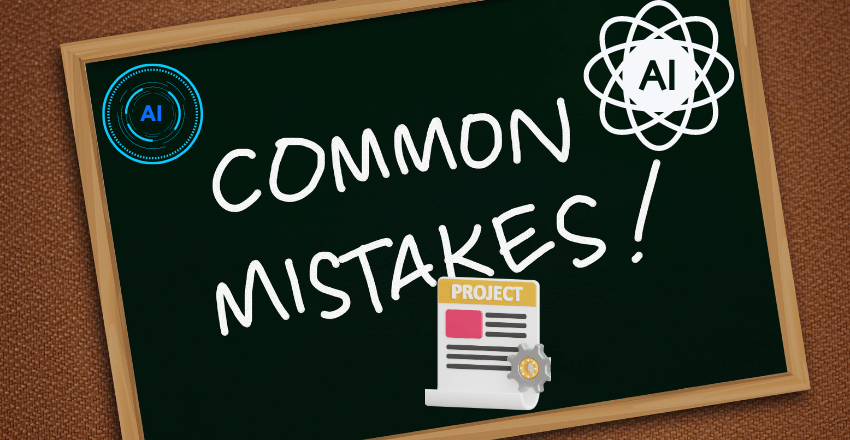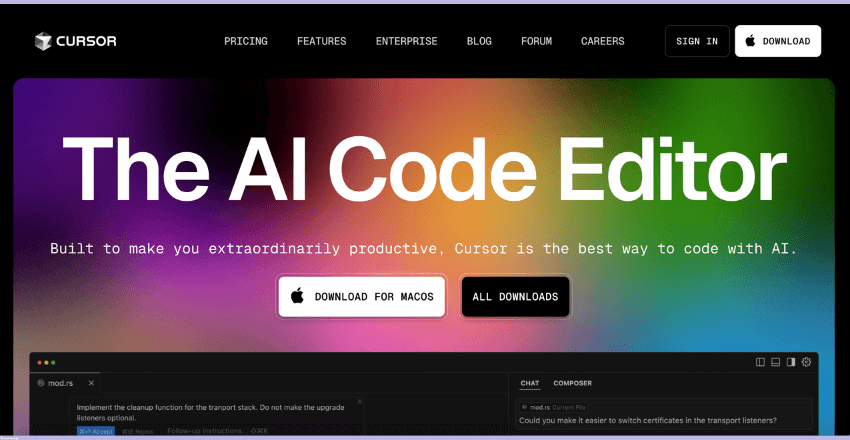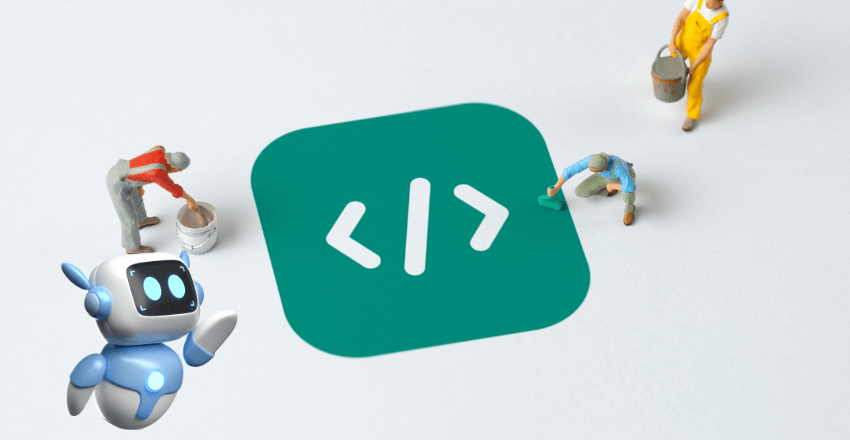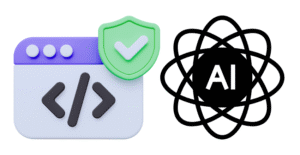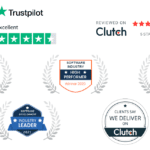Jumping on the AI bandwagon without a strategic plan is a recipe for disaster. Sadly, in the race to deploy AI capabilities, numerous businesses stumble over common pitfalls resulting in costly project failures. The AI development landscape is littered with failed projects, victims of common mistakes made in the rush to stay ahead in the AI race.
I’ve watched countless AI projects run aground due to hasty decisions and overlooked details, leading to wasted investments and missed opportunities.

Avoiding these five mistakes can make a huge difference in your AI journey. Let’s recap:
- Don’t settle for cheap AI models: They may save you money at first, but you’ll pay more in the long run.
- Use multiple vendors: Avoid vendor lock-in to keep your project flexible and adaptable.
- Partner with experienced firms: A firm with hands-on AI experience can help guide your project to success.
- Start small: Focus on solving core problems first, not creating a flashy UI.
- Keep your projects focused: Begin with small, well-defined projects to build confidence and support.
Sidestep these common mistakes and chart a course for success with your AI project. Here are the top five pitfalls and how to avoid them.
1. Don’t Settle for Cheap AI Models
Starting your AI journey with cheap models can be tempting. But remember, efficiency must come after effectiveness. AI is powerful and can automate tasks and enhance productivity. However, if you use a low-cost AI model, you may face serious setbacks later on. Cheap models can require more fine-tuning and may be harder to scale.
Take healthcare and finance industries, for example. They rely on accurate, fast, and secure data processing. A cheaper AI model may compromise security or struggle to meet the speed and data integrity required in these fields. Some models, like GPT-2 and GPT-3, were trained on public datasets and may leak sensitive information from their training data.
Investing in a high-quality AI model from the start will save you from unnecessary troubleshooting and help ensure long-term scalability and security.
2. Avoid Sticking with One AI Vendor
Relying on a single AI vendor can restrict your project’s flexibility. Locking into one vendor can limit your ability to customize solutions or adapt to changing needs. AI is constantly evolving, and one vendor may not always offer the best solution. Here are the risks of sticking with just one:
- Limited customization: Your vendor may not be able to adjust to your unique needs. For example, switching from OpenAI to Anthropic midway through development could be complicated.
- Vendor lock-in: Relying on one vendor often means you’re locked into long contracts. Migrating to another vendor later can be costly and time-consuming.
- Innovation gaps: If your vendor falls behind in AI advancements, you may miss out on cutting-edge solutions offered by other companies.
- Increased vulnerability: Putting all your resources into one vendor can make your system vulnerable if that vendor experiences issues.
By working with multiple AI vendors, your company can maintain agility, innovate faster, and lower risks. Ensure your AI developers can work with a variety of models to avoid being tied down to one vendor.
3. Choose an Experienced Tech Partner
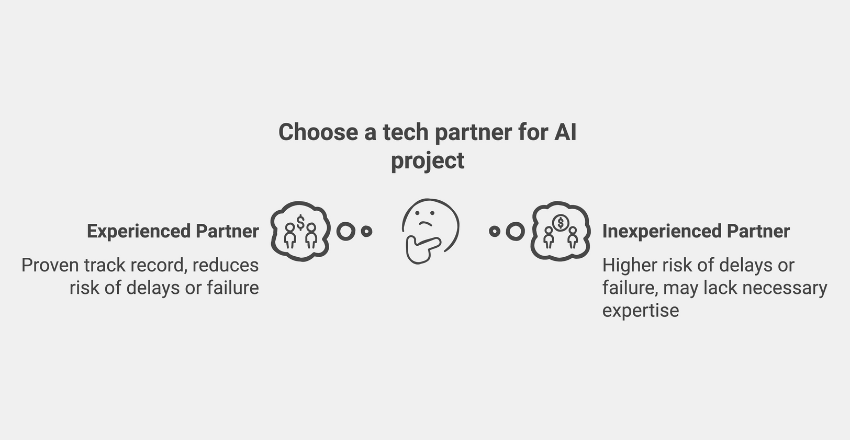
AI is a new field, and not every tech firm has experience working with it. Partnering with an inexperienced company can lead to project delays or failure. When selecting a tech partner, look for firms that have experience working with AI models and have already developed internal solutions.
A good AI partner should provide examples of previous work, like creating algorithms to process biometric data or building AI tools that save time on manual tasks. Experienced firms can provide valuable insights, helping you navigate this rapidly evolving field and avoid the common pitfalls of AI development.
4. Focus on Core Problems, Not Fancy Features
When building your AI project, focus on solving the main problem first. Don’t get distracted by unnecessary features or a beautiful user interface (UI) in the early stages. A project with a nice-looking UI that doesn’t solve the core issue won’t be effective.
For example, if you’re adding an AI chatbot to personalize product recommendations, but the AI pulls data from outdated sources, it could suggest products that are out of stock. This failure to address the primary issue will drive customers away, regardless of how sleek the chatbot looks.
Start with small, specialized teams that focus on making the AI work before worrying about aesthetics. Once the back-end is solid and effective, then you can worry about refining the front-end.
5. Don’t Tackle Broad AI Projects
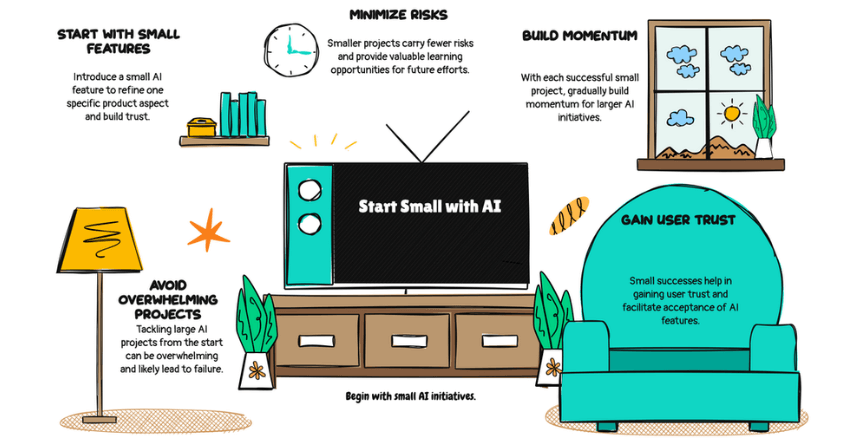
Taking on large AI projects too soon can be overwhelming. If your first AI initiative fails, it can be hard to gain internal support for future projects. To avoid this, start small. Broad projects are risky and more likely to fail.
Imagine trying to overhaul your entire core product with AI in one go. It would take significant resources and time to develop, and users might not like the changes. Instead, try introducing a small AI feature that improves one aspect of your product. If it’s successful, you’ll gain user trust and be able to expand from there.
Smaller projects are less risky and provide opportunities for learning. With each small success, you can build momentum for larger AI initiatives.
By taking a careful, step-by-step approach, you’ll set your AI project up for success. Keep these tips in mind, and you’ll avoid common mistakes that can sink early AI initiatives.
Your company’s first steps into AI don’t have to be daunting. Start small, invest wisely, and choose partners who know what they’re doing. That way, your business can reap the rewards of AI while minimizing risks.
People Also Ask
Why do 85% of AI projects fail?
AI projects fail largely due to common mistakes made during their development. These include using cheap, low-quality AI models, relying on a single vendor, working with inexperienced tech partners, and taking on overly broad or complex projects. Additionally, many companies focus on flashy features or aesthetics rather than solving core business problems, which leads to ineffective solutions. Without a clear strategy, scalable technology, and realistic goals, AI projects are more likely to struggle or fail.
What are the mistakes made by AI?
The mistakes often made in AI projects include:
- Choosing low-cost AI models that may lack scalability, security, or performance.
- Vendor lock-in, which limits flexibility and increases long-term costs.
- Partnering with inexperienced firms that lack hands-on AI experience.
- Focusing on unnecessary features, like a slick user interface, instead of solving the core problem.
- Tackling large, vague projects that are difficult to manage and often lead to failure.
Why do many AI projects fail?
Many AI projects fail because companies rush to implement AI without clear planning. They may select cheap, ineffective models or rely on a single vendor, limiting their ability to adapt to new challenges. Additionally, some companies work with inexperienced tech partners or attempt large, complex projects without understanding AI’s limitations. A lack of focus on the actual problem AI is supposed to solve also leads to failure, as businesses get distracted by “nice-to-have” features instead of ensuring the technology works.
What are typical AI problems?
Typical problems in AI projects include:
- Scalability: Cheap AI models may work initially but struggle to handle larger datasets or more complex tasks.
- Security: Some models trained on public data can inadvertently leak sensitive information, posing risks in fields like healthcare and finance.
- Vendor dependence: Relying on one AI vendor can restrict customization and make it hard to switch later.
- Complexity: Large projects with vague goals are harder to manage, making it difficult to achieve tangible results.
- Ineffective solutions: AI implementations that focus on aesthetics or unnecessary features without addressing core business needs often fail to deliver value.
External Sources
https://www.linkedin.com/pulse/10-biggest-mistakes-companies-make-when-creating-ai-strategy-marr
https://www.quora.com/What-are-the-common-mistakes-businesses-make-when-using-AI


